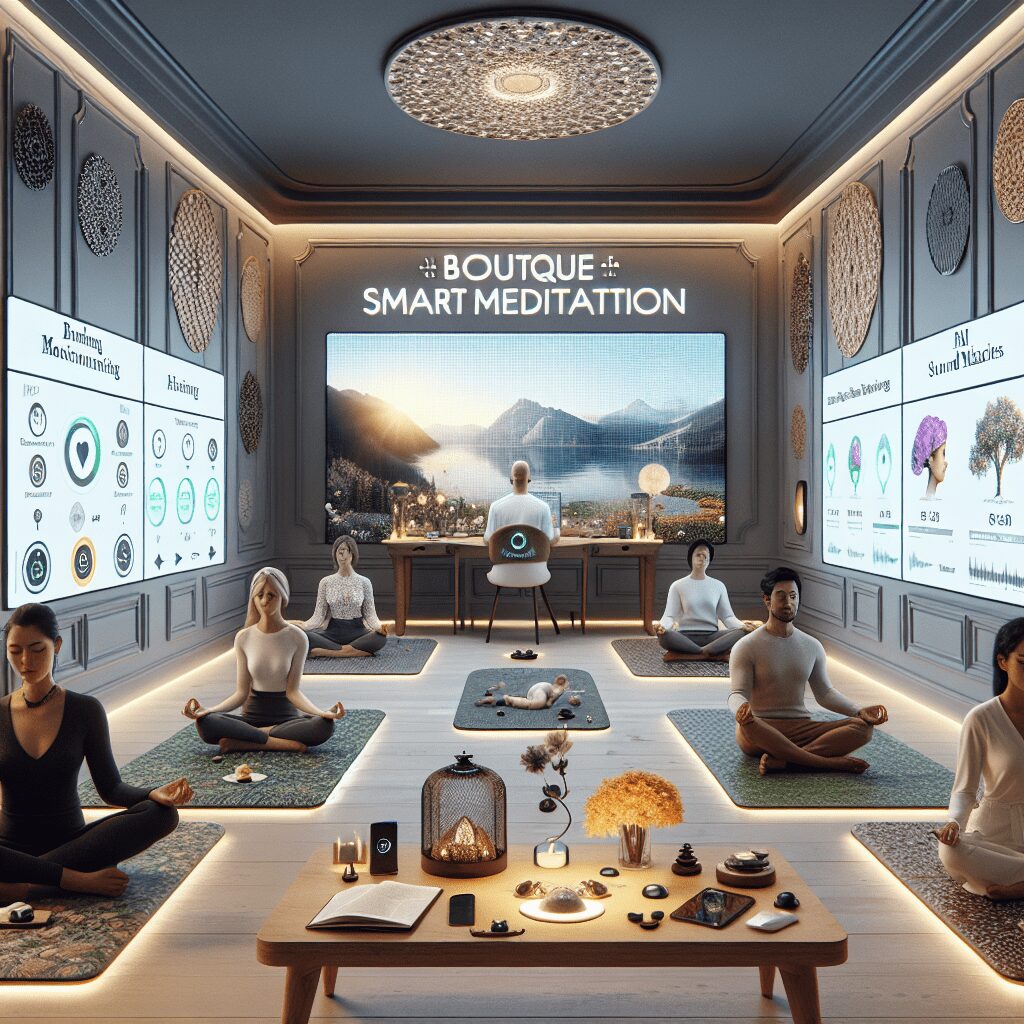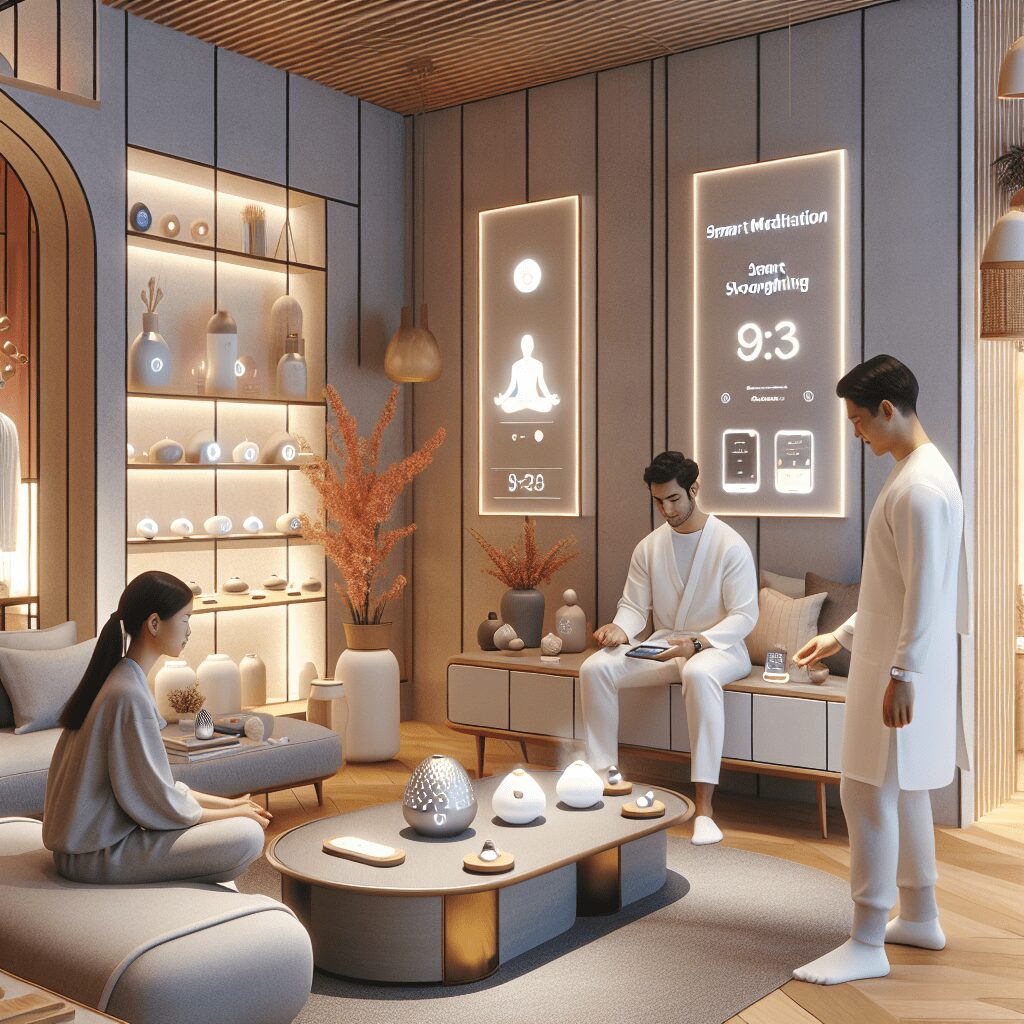
Prioritize your mental well-being daily. Enhance your life by nurturing your mental health with the Smart Meditation app. Break free from stress, alleviate anxiety, and enhance your sleep quality starting today.
How Can Office Design Help To Reduce Stress?
Unveiling the Power of Office Design in Battling Stress
In the hustle-bustle of the modern work life, where deadlines dart about like flies and work hours sometimes stretch longer than bubblegum, it’s no wonder that stress has cozied up, unwelcome, alongside our daily coffee cups. However, nestled within this narrative of tension, there lurks a surprisingly effective superhero, poised to battle the stress monster: office design. Yes, you read that right! The very spaces where work-life drama unfolds can be ingeniously sculpted to take the edge off. Let’s dive into how the art of office design can play a pivotal role in reducing stress and bolstering well-being.
Crafting Sanctuaries of Calm
It’s not rocket science to imagine that our surroundings impact our mood and productivity. Yet, the intricacies of how office design influences stress levels are nothing short of fascinating. So, how can offices transform into havens of tranquility, boosting morale and lowering stress? Here are a few pointers that are more powerful than a double-shot espresso in getting you through the day:
-
Let There Be Light (Natural, Please!): Bathing your workspace in natural light can have a dramatic impact on reducing eye strain and headaches, not to mention its role in improving mood and energy levels. Bidding adieu to the dreary glow of fluorescent lights and saying hello to the sunshine can be a game-changer.
-
Green is the New Black: Incorporating plants and green spaces in the office isn’t just for aesthetics. Studies have shown that a touch of greenery can lower stress levels, enhance creativity, and even improve air quality. It’s like having a mini-vacation spot right at your desk!
-
Ergonomics for the Win: Investing in ergonomic furniture isn’t just a fancy buzzword for companies to flaunt. Properly designed furniture can significantly reduce physical discomfort and prevent the risk of musculoskeletal disorders, which, let’s face it, are a literal pain in the neck (and back!).
-
A Splash of Color: Ever walked into a room painted in calming hues and felt an immediate sense of relaxation? There’s science behind that. Colors can profoundly influence our psychological state. Opting for soothing palettes in office design can act as a stress-buffer.
-
Break-Free Zones: Creating spaces where employees can take a breather, engage in casual conversations, or steep a cup of tea can immensely contribute to de-stressing. It’s like hitting a mini reset button during the workday.
-
The Magic of Personal Space: While open-plan offices are all the rage, offering employees a blend of personal and collaborative spaces can reduce the feeling of being constantly ‘on display’ and allow for moments of solitude when needed.
The Bottom Line: A Stitch in Time Saves Nine
Investing in stress-reducing office design is not a mere act of beautification; it’s a strategic move towards fostering a healthier, happier, and consequently, more productive workforce. And let’s face it, in today’s relentless pace, this isn’t just nice-to-have, it’s an absolute must-have.
So, whether you’re a start-up or a seasoned conglomerate, remember that when it comes to stress, a well-thought-out office design can indeed make a world of difference. After all, happy employees are the heartbeat of a thriving business.
By embracing these strategies, businesses don’t just create workplaces; they craft springboards for well-being and success. It’s high time we reimagined our offices not just as spaces where work happens, but as environments where wellness and productivity bloom in tandem. Let’s roll up our sleeves (perhaps in a newly designed ergonomic chair) and make office design our ally in the fight against stress.





